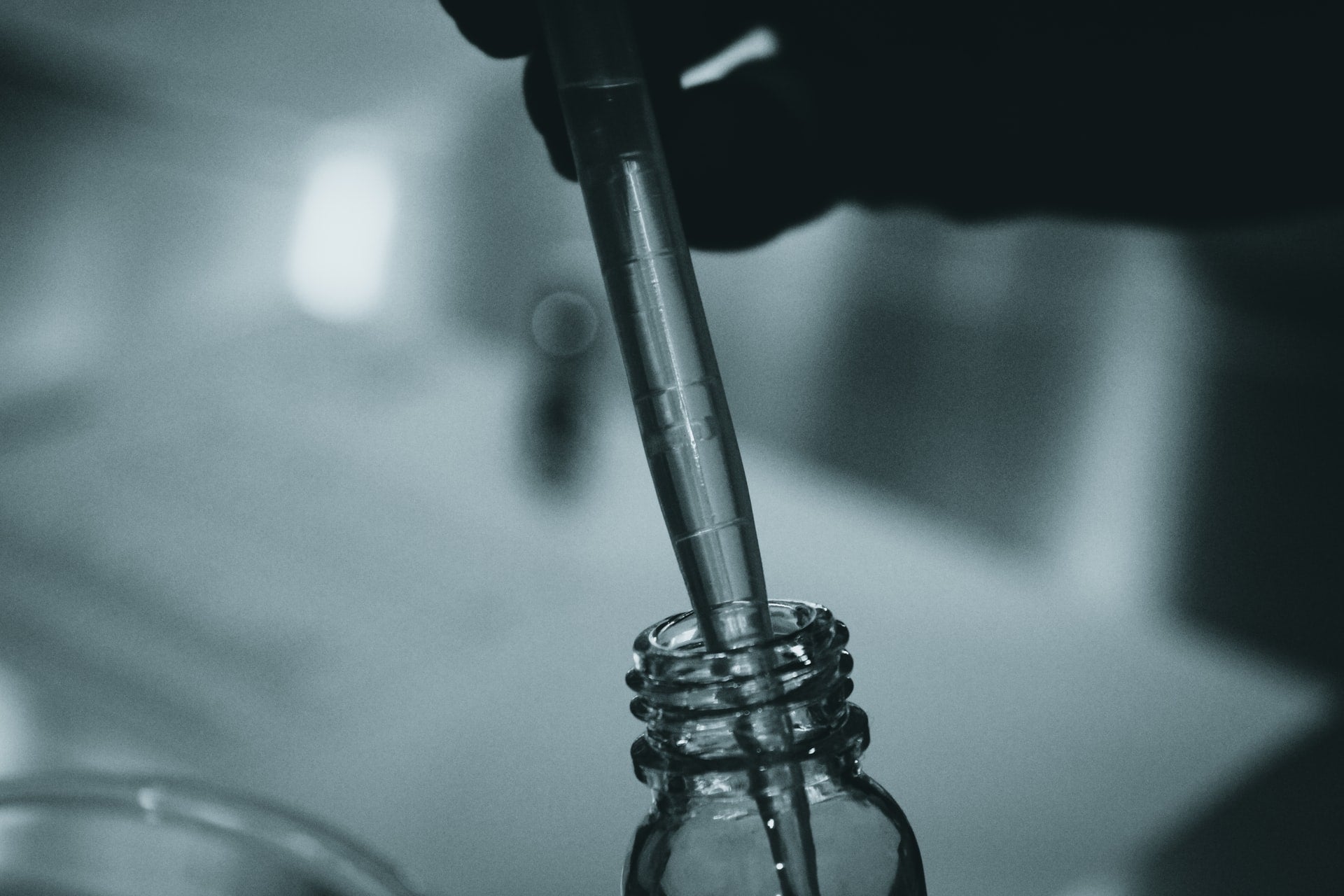Who Made the First Perfume in the World?

The history of perfume is rich and long-winded because it slowly grew in popularity in different parts of the world. Dating back to ancient civilizations, perfume emerged as the ideal way to keep oneself smelling fragrant, infusing aroma into the air during gatherings and honoring deities in temples. Additionally, perfume proved to be a crucial medicinal tool because of its natural composition. While the Greeks and the Romans popularized perfume in ancient times, the Persians and the Europeans perfected it over time depending on the resources available to them. Modern perfumery is no doubt a wonderful conglomeration of the contributions made by countries all around the world at different points in time.
Who made the first perfume ever?
The world’s first recorded perfumer or chemist is a woman known as Tapputi. Her existence is recorded on a Cuneiform tablet of 1200 BCE in Babylonian Mesopotamia. She was an important figure in Mesopotamian government and religion. She also happened to be the overseer of the Mesopotamian Royal Palace.

Tapputi worked on developing scent extraction methods that would inspire others to do the same in the future. She meticulously recorded what she discovered and the techniques she used. She is credited with using solvents to make perfume for the first time. The apparatus she used for distilling and filtering liquids was the precursor to modern perfume-making apparatus.It is important to note that other women besides Tapputi were also engaged in chemistry, as evidenced by the records. This likely happened because women were likely to dabble in natural ingredients and experiment with different combinations in early Mesopotamia.
How was perfume originally made?
The earliest iterations of perfume were made with the help of natural materials like bark, wood, leaves, roots, flowers, and seeds. They tried to utilize the fragrances that existed in the natural world to create unique combinations to be used for different purposes. Myrrh and frankincense were merged to form incense, while plants like rose and peppermint had to be infused with oils. Flowers were crucial in making early perfume because of their distinct, sweet smell. With the development of trade routes, raw materials for perfume-making became more widely accessible. As a result, perfumes with exotic spices and herbs emerged. Florals like lilies, roses, jasmine, lavender, violets, lilacs, and lotuses were popular additions to perfumes. Single-note perfumes were fairly common in the olden days because they served the main purposes without much hassle. It was only with the industrialization of perfume making and the emergence of perfumers that more complicated scents were manufactured. Since perfume was exclusively available and affordable to the higher, noble classes in the olden days, it was priced exorbitantly depending on the rarity of the ingredients and the design of the container.
Creation of the Eau de Toilette and Eau de Cologne
Two types of perfume we are familiar with today are the Eau de toilette and the Eau de cologne. Their origin can be traced back all the way to the period between the 14th and 18th centuries. Queen Elisabeth of Hungary commissioned a lightweight concoction of scented oils with alcohol in 1370, which is now considered the world’s first Eau de toilette. It evaporated on the skin instantly and was called the Hungary Water. In 1709, Italian perfumer Giovanni Maria Farina conceptualized the first citrus-based Eau de Cologne during his stay in Cologne, Germany. He wanted to capture the essence of Italy in a perfume because he was missing his homeland, so he ended up creating the original Eau de Cologne which became wildly popular among royalty. Refreshing and floral, the product inspired an entire generation of perfumers to come up with their own versions of the same. France, the European center of perfume and cosmetic manufacture, began the cultivation of flowers as raw ingredients for perfumes as early as the 14th century. Grasse in particular grew into the perfume capital of the world and still boasts the presence of some of the oldest perfume manufacturers to ever exist like Galimard Parfumeur and Molinard Parfumeur.
How did Islamic cultures contribute to the advancement of perfumery?
Islamic cultures embraced the use of perfume for the same reasons as the Romans and the Greeks. However, they took it a step further with their innovation. They worked on finding the perfect method for extracting fragrances using steam distillation and played a vital role in introducing new perfume notes that would later be incorporated into Western perfumery. Spices, herbs, resins, precious woods, herbs, ambergris, and musk rose in popularity due to the Middle Eastern influence. Arabic philosopher al-Kindi’s ‘Book of the Chemistry of Perfume and Distillations’ contained countless recipes for aromatic waters, fragrant oils, and salves. It also detailed over a hundred methods to create perfume. Ibn Sina, on the other hand, devised the process of extracting oils from flowers using distillation.
FAQ
What was the first fragrance specially created for men?
The first perfume especially created for men is simply called ‘Pour Un Home’ by Caron founder Ernest Daltroff.

